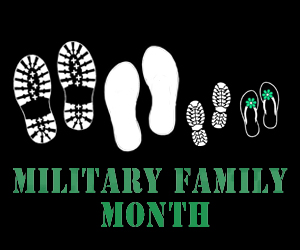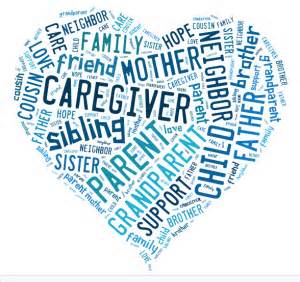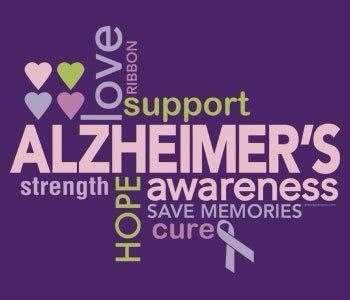Each year, more and more Americans are caring for a loved one with a chronic condition, disAbility, or the frailties of old age. There are as many as 90 million family caregivers in the U.S. today.
- Two out of every 5 adults are family caregivers. 39% of all adult Americans are caring for a loved one who is sick or disAbled – up from 30% in 2010.
- Alzheimer’s is driving the numbers up. More than 15 million family caregivers are providing care to more than 5 million loved ones with Alzheimer’s disease.
- But it’s not just the elderly who need caregiving. The number of parents caring for children with special needs is increasing, too, due to the rise in cases of many childhood conditions.
- Wounded veterans require family caregivers, too. As many as 1 million Americans are caring in their homes for service members from the Iraq and Afghanistan wars who are suffering from traumatic brain injury, post-traumatic stress disorder, or other wounds and illnesses.
- And it’s not just women doing the caregiving. Men are now almost as likely to say they are family caregivers as women are (37% of men; 40% of women). And 36% of younger Americans between ages 18 and 29 are family caregivers as well, including 1 million young people who care for loved ones with Alzheimer’s.
- Family caregiving is serious work. Almost half of family caregivers perform complex medical/nursing tasks for their loved ones – such as managing multiple medications, providing wound care, and operating specialized medical equipment.
- Family caregivers are the backbone of the Nation’s long-term care system. Family caregivers provide $450 billion worth of unpaid care each year.That’s more than total Medicaid funding, and twice as much as homecare and nursing home services combined.
With the ranks of family caregivers growing every year – tens of millions strong – we recognize the importance to the Nation of the role that family caregivers play.



